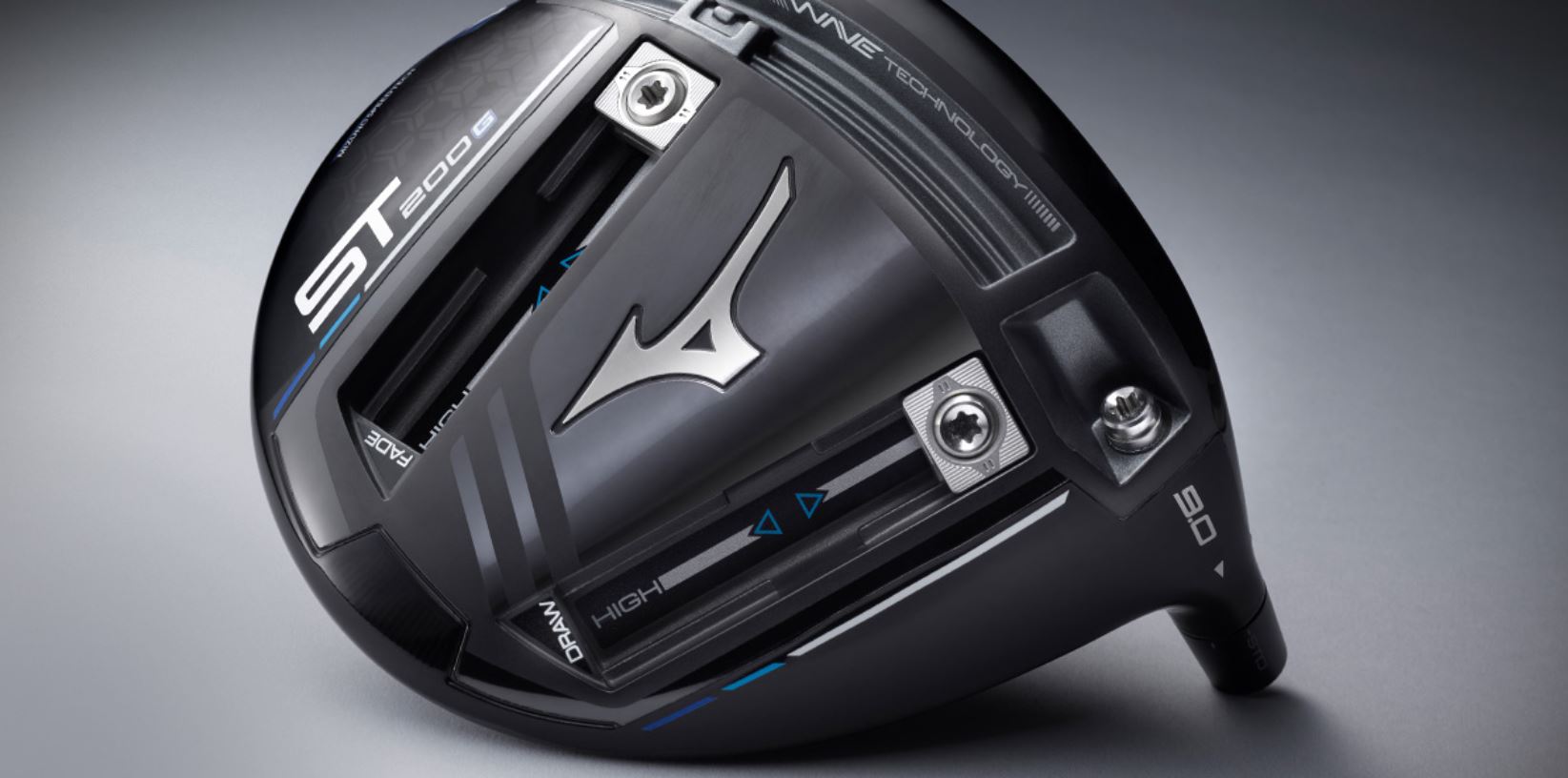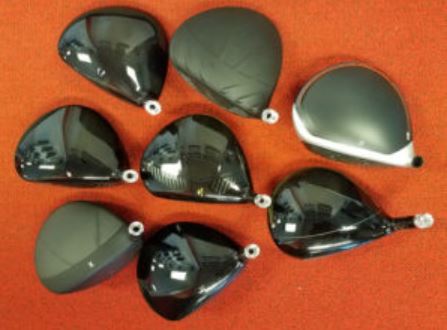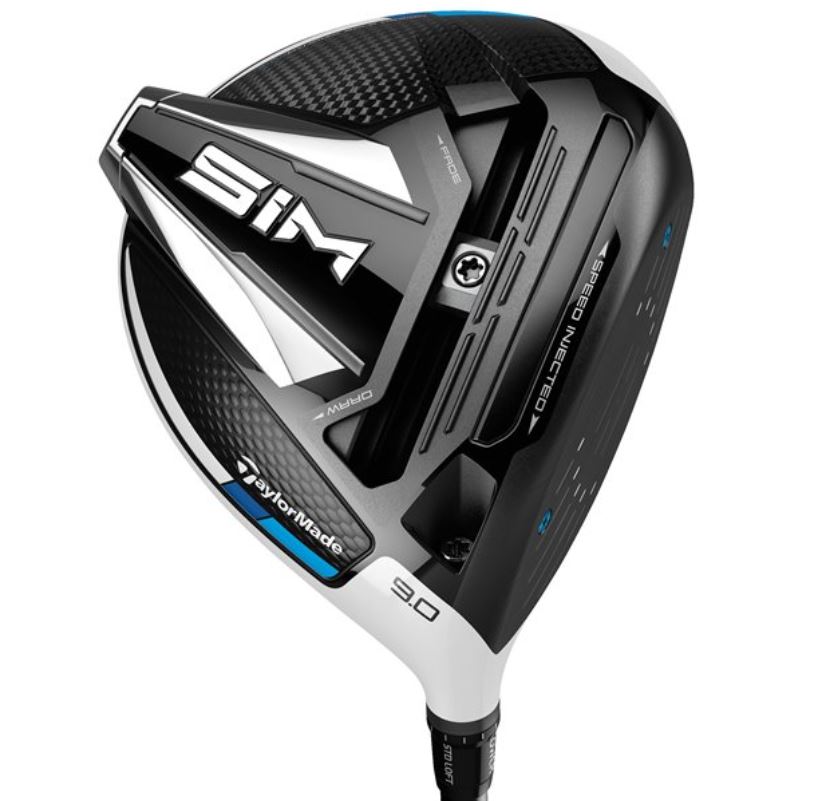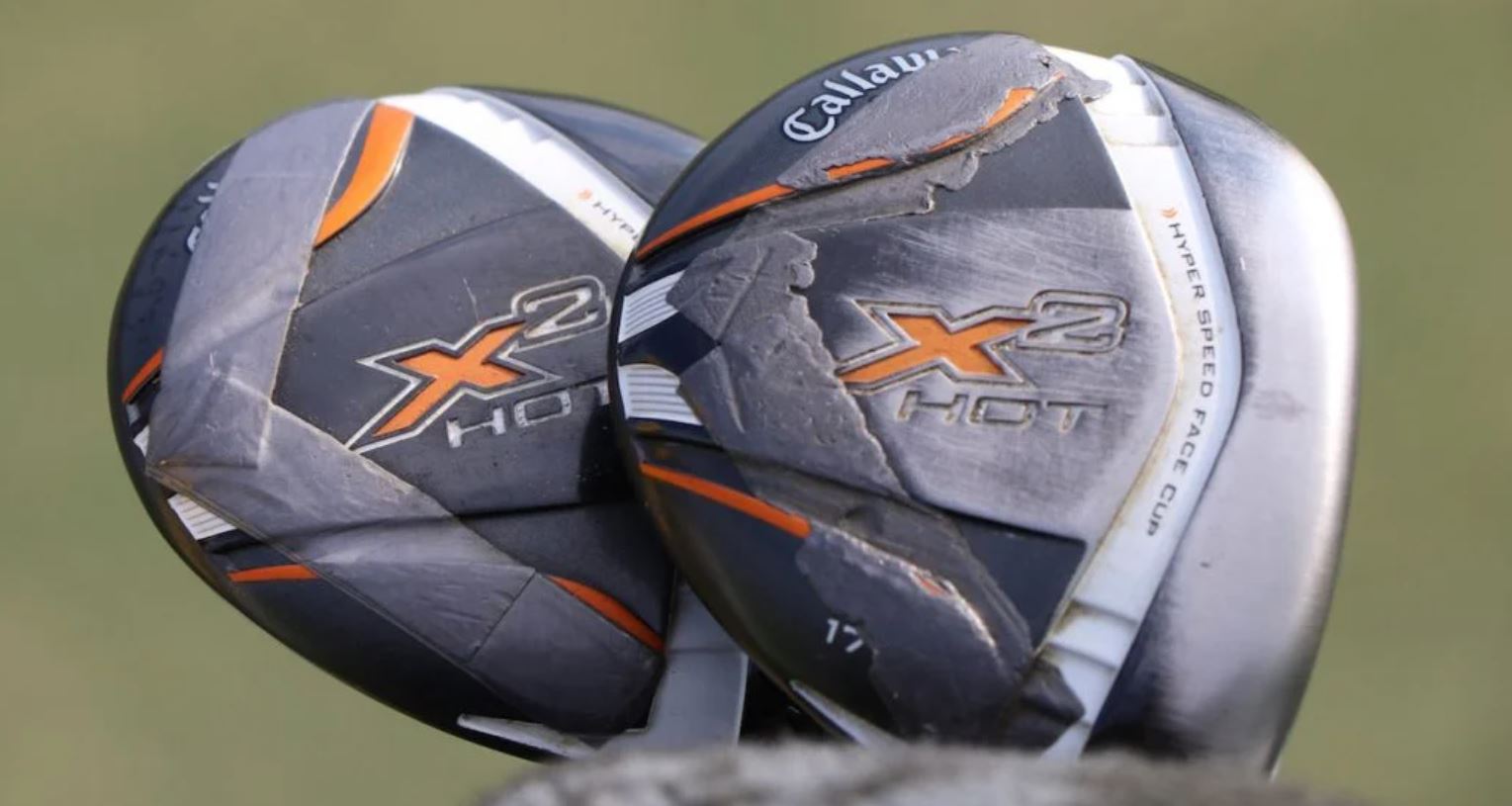Heavier Vs Lighter Driver Head In Golf – What’s Better And How To Add Weight

When it comes to our driver the average golfer aims to rip it as far as humanly possible. To do this we look for ways to increase our ball speed and lower our spin off the tee.
A common legend that is thrown around golfing circles is that adding more weight to your driver head will help you to increase ball speed, and gain longer carry and total distance.
In this post, we will assess whether the legend is true by looking at the features and benefits of heavier vs lighter driver heads.
Intro To Driver Head Weight And Overview How It Affects Performance?
Like golf shafts, driver head weight is often overshadowed by the performance features of the club itself. However, a driver with a weight not suited to your swing can result in a loss of carry and total distance and excessive spin to name a few.
Golf coach James Robinson, conducted a test of the performance of the Taylormade M5 driver, with no weights, standard weights, and enhanced weighting.
The differences are remarkable. Of course, the results will differ from golfer to golfer, but it gives you an idea of the impact drive head weight has on your shots.
How Important Is Driver Head Weight In A Driver?
The driver head weight is as important as the shaft and the club features.
If you are playing with a driver head that is too light or heavy for your swing, you will not enjoy the full capabilities of the club.
How Does It Effect Performance?

The weight of your driver head will impact you differently, depending on your swing.
If you are a player with a fast tempo swing, you will find that you gain excessive spin and clubhead speed with a light clubhead. But, you are likely to lose 5 – 10 yards in total distance.
Conversely, players with moderate or slower tempo swings may struggle to get the ball airborne with a heavier driver head and lose eyewatering distance.
During tests conducted by Mackenzie et al (2015). They found that players with an increased driver head mass tended to produce more fade spin on their shots.
Will A Heavier Driver Hit The Ball Further?

Not necessarily. Moderate to slow swingers may struggle to generate sufficient ball speed with a heavier driver to get it airborne and will lose distance.
However, the fast-swinging golfers among us may be able to hit a heavier driver further than a standard or lighter head.
What Are The Advantages Of A Heavier Driver Head?
- Increased Moment of Inertia (MOI) for fast tempo swings
- Players with faster swings may enjoy enhanced ball speed
- Increased distance for fast swingers
- Lower spin and launch angle
What Are The Disadvantages Of A Heavier Driver Head?
- A heavier head may further slow down the swing speed of moderate to slow tempo swingers
- Moderate and slow swinging players will struggle to get the ball airborne
- Loss of carry and total distance for slower swingers
- Susceptible to pushing shots
Advantages Of Lighter Driver Heads
- Help slower swingers to get the ball airborne off the tee
- Promotes faster swing speeds
- Longer carry for moderate to slow swinging players
Disadvantages Of Lighter Driver Heads
- Golfers with faster tempos may gain excessive height off the tee
- Players are more likely to pull shots with lighter drivers
Perfect Driver Head Weight Vs Swing Speed
In tests conducted by Mackenzie, et al (2015), they found that the best performing driver head weight is 174 grams for golfers across the board.
During their study, various low handicap golfers tested drivers with head weights of 174 g, 190 g, and 200 g.
The 174-gram head weight provided the lowest spin rpm off the tee, as well as longer carry and total distance.
Who Should Be Adding Weight To Their Driver Head?
If you feel that you are launching at a high angle and have little control over your driver, you may want to add weight to the head.
This is a problem that faster swingers are likely to experience over slow swingers.
If your shots are consistently ending left off the tee, it may be due to a light driver head that you are twisting on your backswing.
Adding weight to your clubhead will help to stabilize it for a squarer impact. Don’t add too much weight, because then your shots will start going right.
How To Add Weight Effectively

Weight Packs
You can purchase weight packs for your driver head, and add and remove them to your preference.
Adding weight will shift the CG of the driver, and impact your launch angle, spin levels, and MOI.
Slide the weights into your preferred slots, tighten them with a wrench, and you are good to start gripping and ripping.
Adjustable Drivers
Most drivers on the market today, offer adjustable features.
These drivers enable you to manipulate the weighting in line with your preference. Simply loosen the weight and slide it into position, or remove it.
Adding Lead Tape
By applying an inch of lead tape to your driver you can add up to 2 grams of weight to the club.
Adding too much tape will impact the weight balance of your club, and will affect your long game.
Where To Add Weight For What Performance Tweak?

Higher Launch
To achieve a higher launch you will want to place weights at the rear of the clubhead, to focus the CG in this area.
Low Launch and Low Spin
If you are getting too much height and spin rpm off the tee, you will want to manipulate the weights to place the CG in the front part of the sole of the driver.
While this will solve the problem of high spin and launch, it eradicates forgiveness and requires precision ball striking.
Draw Bias
For those golfers who are tired of unwanted slices, it is recommended you add weight to the heel of your driver.
That will weigh the heel down which closes the head to reduce the risk of the face opening at impact.
Fade Bias
If you want to hit a fade in the league of Tiger Woods, you may want to set your driver head in a fade bias position.
To do this, add weight to the toe of the driver. That will help to keep the face open at impact, reducing duck hooks and helping you hit a more natural fade.
Does The Head Weight Vary Among Drivers By Much?
In the study conducted by Mackenzie et al (2015), three-driver weights were used 174 g, 190 g, and 200g.
Tour pros tend to use head weights which are north of 200 g. Of course, as James Robinson demonstrated, adjustable drivers give you the power to significantly manipulate the weight of the head.
How Important Is Driver Head Weight Vs Shaft Weight?
TPT Golf Fitters have found that players who are looking for more weight in their driver head perform best with a lighter golf shaft.
It allows for more weight to be added to the clubhead, without impacting the total weight of the club.
If you are swinging a heavy driver clubhead with a heavier shaft, the club may be difficult to gather sufficient swing speed to generate the necessary ball speed for lift-off.
Therefore both driver head weight and shaft weight are equally as important.
How Important Is Driver Head Weight Vs Shaft Flex

The weight of your driver head vs shaft flex is often not considered by the average golfer. However, without the correct balance, you will not see the desired results.
For example, if your head weight is on the heavy side, and you are swinging with a stiff shaft, you better be able to connect the ball like Bryson DeChambeau.
Moderate to slow swingers who use a heavy driver head, may want a regular or senior flex shaft. This will give them additional whip on their downswing to help generate more ball speed. Otherwise, it will be a challenge to get the ball airborne.
Other Factors To Consider With Your Driver Composition
Clubhead Size
The average size of a driver head is between 440 cubic centimeters (CC) and 460 cc. The smaller driver head allows for better workability off the tee. While the larger head offers the average golfer a more forgiving option in your long game.
Golf Shaft Flex and Weight
The faster swinging players among us may opt for a stiffer flex shaft, while moderate swingers are better suited to a regular flex option. Ladies and senior flex shafts were designed for the slow swinging golfers among us, to help them generate more clubhead and ball speed.
If you decide on a driver with a head around the 174 g mark, it is advisable to fit it with a heavier shaft. Otherwise, the club may be too light overall and could see you sky drives, and gain an excessive spin on tee shots. Heavier driver heads are better suited to lighter shafts, so as not to overweight the club.
Centre of Gravity (CG)
The CG is also known as the balance point of the club, and can be placed low, high, or on the heel or toe of the driver.
Drivers that have the CG placed low and at the back of the head, are crafted to launch higher and accelerate spin. Clubs with a forward CG, offer accelerated ball speeds, lower spin, and less forgiveness.
Loft
Golfers that have no problem in getting the ball in the air, may not want a weakened loft, to minimize the chance of skying drives and losing distance.
Slower swinging golfers that struggle with consistent carry and total distance, may prefer a weaker loft to help them with launch.
On average, the lofts of drivers range from 8 degrees to 11 degrees.
Swing Weight Vs Head Weight
Swing weight determines the heaviness of your club when you swing it. While head weight determines the load of the driver head.
The swing weight scale ranges from A0 to G10. A0 is the lightest swing weight, while G10 is the heaviest on the scale.
On average, men’s clubs will register a swing weight of D0 – D2, and ladies C5 – C7. To put it into context, a swing weight of D0 on average translates to 4 grams less of clubhead weight than D2.
What Happens If Your Swing Weight Is Too Light

You will realize that your swing weight is too light if you are unable to achieve a consistent swing tempo, or gain any control of the club.
As a result, you are likely to find yourself topping the ball or hitting it in the teeth more often than not.
Finally, a light swing weight can cause players to over-exert themselves on the downswing, due to a lack of feel, causing the ball to fly in all directions.
What Happens If Your Swing Weight Is Too Heavy
Your swing weight may be too heavy for your game if you find yourself consistently pushing shots off the tee.
The additional swing weight prevents you from being able to swing through the ball, resulting in an open clubface at impact.
Those of you playing with heavy shafts will notice a reduction in your clubhead speed, which may prevent you from generating accelerated ball speeds.
Conclusion of Heavier vs Lighter Driver Heads In Golf
Our review on heavier vs lighter driver heads has demonstrated the importance of acquiring a driver head with the correct weight for your swing.
It is clear that a heavier driver head can help you to achieve longer distances, however you need to be able to generate sufficient clubhead and ball speed.
Lighter driver heads can help you to get the ball airborne and provide consistent carry.
However, they may generate excessive spin and reduce distance for faster swinging golfers. Let us know which driver you play with, and the weight you have enjoyed the most success with?



